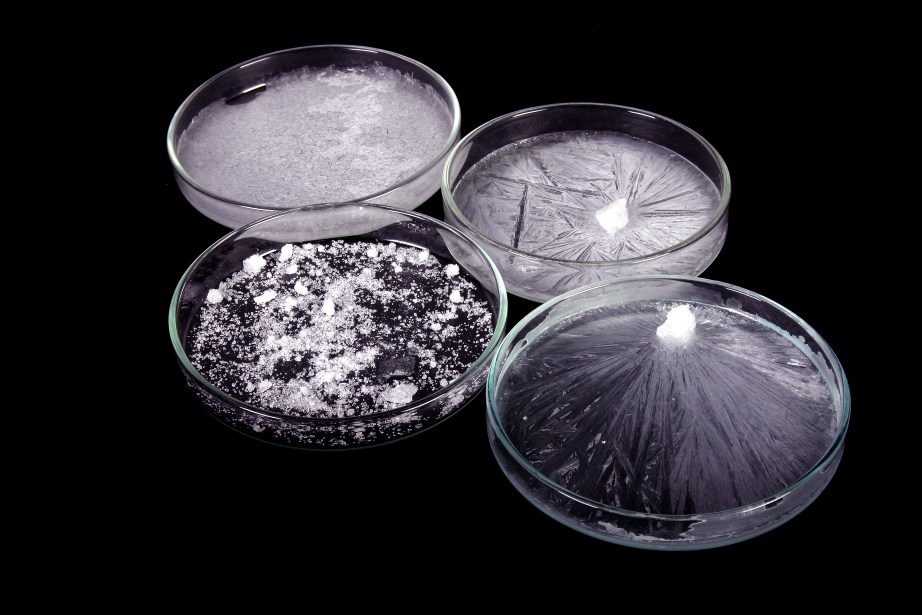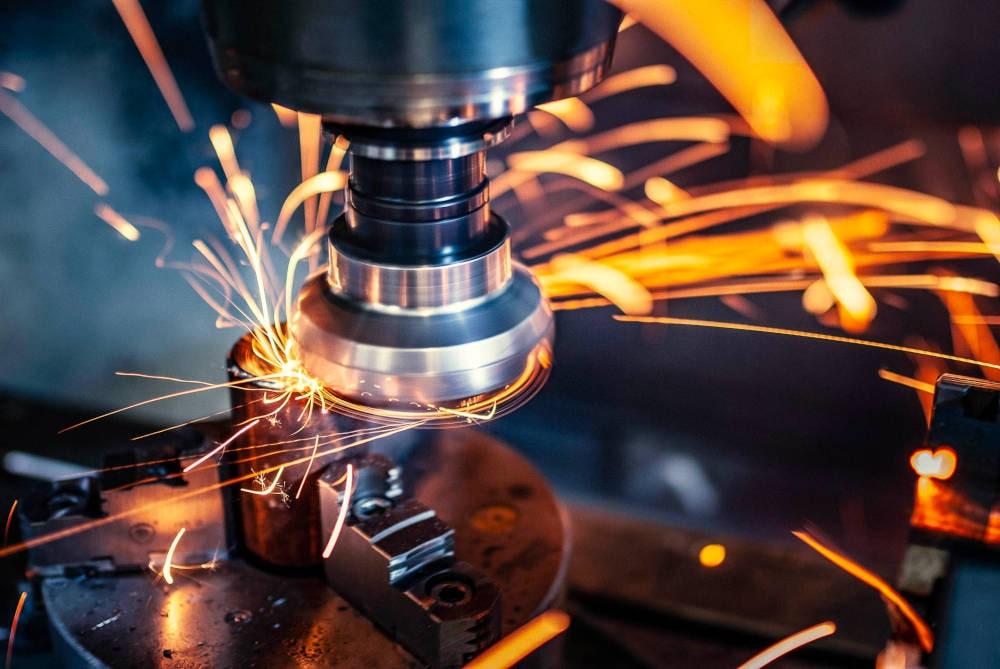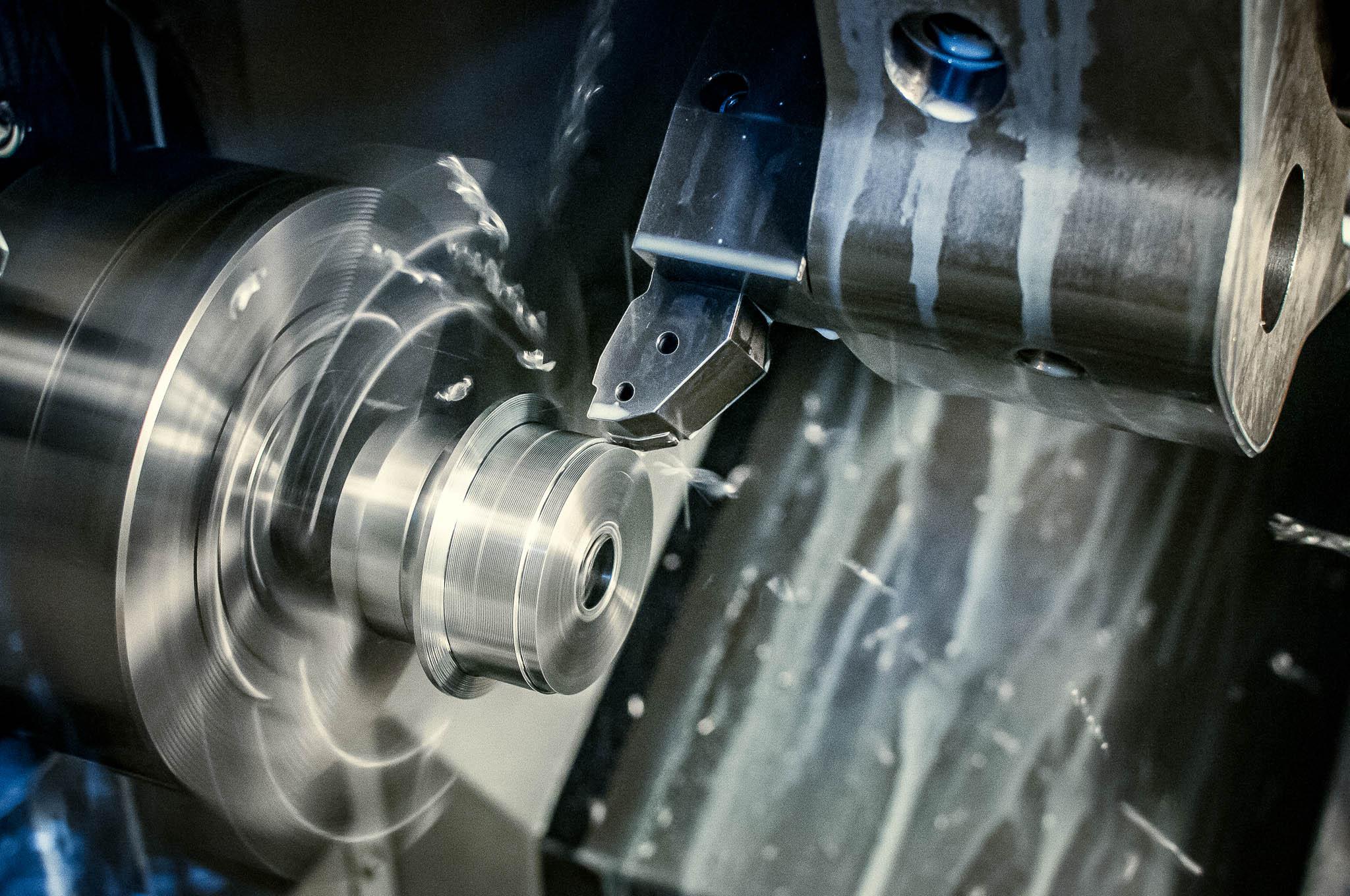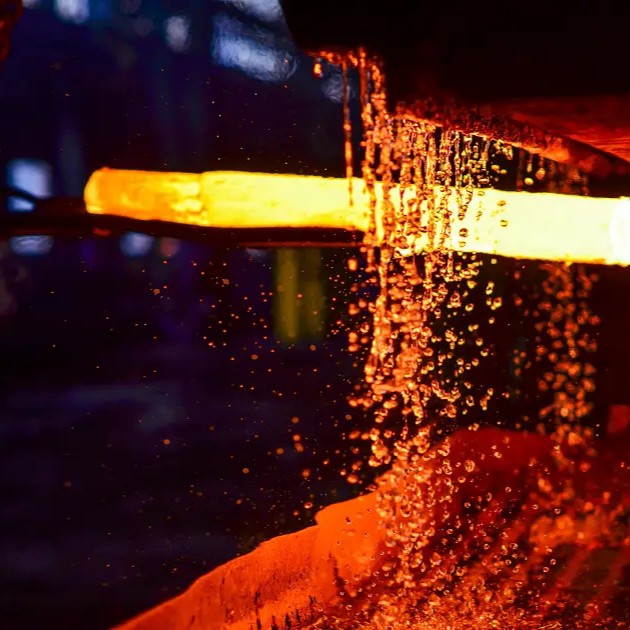Plastic deformation
Table of contents
Plastic deformation and the subsequent recrystallization are two fundamental physical phenomena that determine the structure and properties of metals and their alloys. These processes underlie almost all technologies for shaping plastic materials, such as rolling, forging, drawing, and stamping. They allow not only the shape of metal components to be changed, but also their microstructure to be shaped in a controlled and repeatable manner.
As a result of stresses exceeding the elastic limit, the metal undergoes permanent deformation, accompanied by significant internal changes – primarily an increase in dislocation density, grain fragmentation, and material hardening. However, these changes, although often desirable, can lead to a deterioration in ductility and further machining ability.
Therefore, in industrial practice, it is crucial to skillfully control the recrystallization process, i.e., restoring an equilibrium, balanced grain structure through annealing. This enables the combination of strengthening effects with the preservation of plasticity, resulting in a longer service life and improved quality of finished products.
In the following sections of this article, we will provide a detailed examination of how both processes operate, their differences in response to temperature and technological conditions, and their significance in engineering practice.
Plastic deformation – definition and mechanism
Plastic deformation is a permanent change in the shape of a material under the influence of external forces, which persists even after the forces are removed. Unlike elastic deformation, which is reversible, plasticity refers to the process of exceeding the elastic limit and the onset of internal changes in the metal’s structure.
The deformation mechanism is based on the movement of dislocations, i.e., linear defects in the crystal lattice. Under the action of shear stresses, dislocations move along specific slip planes, resulting in the displacement of entire layers of atoms relative to one another. The result is a permanent change in the crystal’s geometry, which, on a macro scale, manifests as a change in the shape of the entire element.
During deformation, the density of dislocations increases, leading to the hardening of the material. The more obstacles there are to the movement of dislocations, the greater the resistance of the material to further deformation. This process is known as strain hardening and forms the basis for strengthening many metals without the need for melting.
Ultimately, plastic deformation is a phenomenon that not only enables the geometric shaping of elements but also allows the mechanical properties of materials to be modified by controlling their microstructure and internal stress state.
Cold and hot deformation
Plastic deformation of metals can be carried out in two main temperature ranges: cold deformation or hot deformation. The differences between these processes are significant both in terms of the deformation mechanism and the microstructural and technological effects.
Cold deformation occurs at temperatures below the recrystallization temperature, meaning the metal cannot regenerate its structure during the process. This leads to:
- a rapid increase in dislocation density,
- hardening of the material (increase in strength),
- and a decrease in plasticity and ductility.
The advantage of this process is high-dimensional accuracy and surface smoothness. At the same time, its limitation is the increase in internal stresses and the need for inter-operational annealing in cases of higher degrees of deformation.
Hot deformation occurs at temperatures above the recrystallization temperature, allowing deformation and recrystallization to occur simultaneously. The material then remains ductile, and its structure is continuously regenerated. As a result:
- Ductile resistance decreases (easier forming),
- Work hardening is avoided,
- It is also possible to obtain a fine-grained microstructure.
This process is particularly useful for intensive shaping of large cross-sections, such as in sheet rolling or free forging. However, it involves higher energy consumption and more difficult dimensional control.
The choice between cold and hot deformation depends on the technological requirements, the type of material, and the target mechanical properties of the product. Both approaches have their place in industry and are often used complementarily.
The influence of deformation on the structure and properties of metals
The process of plastic deformation causes significant changes in the internal structure of metals, which directly translate into their mechanical, technological, and operational properties.
The most significant effect is an increase in dislocation density—during deformation, the number of defects in the crystal lattice increases, forming a complex network of barriers that impede further dislocation movement. This phenomenon leads to strain hardening, i.e., an increase in the material’s tensile strength and hardness, often at the expense of its ductility and toughness. As deformation progresses, the following also occur:
- Grain fragmentation and the appearance of subgrain structures,
- an increase in internal stresses,
- and a reduction in the ability to undergo further deformation without the risk of fracture.
A so-called deformed structure can be observed in the structure, where the grains become elongated and oriented in the direction of the applied forces. Such a transformation affects not only the mechanical properties, but also the thermal and electrical conductivity, as well as the corrosion resistance, of the metal.
For production technologies, it is crucial to understand that each stage of deformation modifies the material, both on a macro scale (change in shape) and micro scale (change in crystal structure). Therefore, processes such as recrystallization, soft annealing, and normalizing become indispensable for further machining and achieving the target material parameters.
Recrystallization – restoring the structure
Recrystallization is a physical process in which new, stress-free and dislocation-free crystal grains form in a previously plastically deformed metal. It typically occurs during recrystallization annealing, which involves heating the material to a sufficiently high temperature, but below its melting point, to restore the equilibrium microstructure.
As a result of intense plastic deformation (especially cold deformation), a large number of network defects accumulate in the material, mainly in the form of dislocations. These defects are energetically unfavorable and tend to be eliminated, which becomes possible after the supply of heat energy. At the recrystallization temperature, new grains nucleate and develop at the expense of the old, deformed structures, leading to the formation of a fine-grained, balanced microstructure. The recrystallization process:
- Reduces the dislocation density,
- restores the plasticity and ductility of the material,
- and also reduces hardness and strength by removing the strain hardening effect.
The temperature at which recrystallization occurs depends on several factors, primarily the degree of previous deformation, the chemical purity of the material, and the initial grain size. For most metals, it ranges from 0.3 to 0.5 times the melting point on the absolute scale (Kelvin).
From a technological point of view, recrystallization is crucial in processes such as inter-operational rolling, wire drawing, and manufacturing of deep-drawn sheets, where maintaining the right plastic properties after each operation is essential for the success of the entire machining cycle.
The use of recrystallization in industry
Recrystallization is widely used in the metallurgical and processing industries, where it serves as a regeneration stage after intensive plastic deformation. Its controlled implementation allows the mechanical properties of the material to be optimized, the service life of tools to be extended, and the efficiency of further technological operations to be increased. This process is indispensable, among others, in:
- rolling steel sheets and strips, where recrystallization annealing is necessary after each stage of deformation to restore plasticity before the next pass through the rolls,
- drawing wires and cables, where excessive hardening could lead to breakage,
- manufacturing pipes, profiles, and pressed components that require a combination of high strength and formability.
Additionally, recrystallization enables a controlled microstructure with fine, homogeneous grains, which translates into improved impact strength, fatigue strength, and surface quality. This is particularly important in materials intended for structural parts with a high degree of reliability, e.g, in aviation, power engineering, or the automotive industry.
In some cases, partial recrystallization is deliberately used to achieve a gradient of properties, such as a hard core and a more ductile outer layer. In other processes, such as softening, annealing, and recrystallization, it is mainly used to facilitate further machining or stamping.
Conscious control of this process – through the appropriate selection of temperature, annealing time, and degree of prior deformation – allows the material to be precisely adapted to technical requirements, combining the advantages of strengthening with controlled ductility.
Plastic deformation – summary
Plastic deformation and recrystallization are two closely related phenomena that form the basis of modern metal processing technologies. Understanding them allows engineers not only to shape the geometry of products, but above all to control their structure and mechanical properties.
Plastic deformation, whether cold or hot, results in internal changes within the material, including strengthening, dislocation densification, and grain elongation, which directly impact strength, hardness, and ductility. However, it is only through recrystallization that the equilibrium structure can be restored and the material reused in subsequent processing stages.
In industrial practice, skillful control of these processes enables the optimization of manufacturing, extension of tool life, and improvement of product quality, which has a direct impact on the economy and the reliability of entire technical systems. This is why knowledge of deformation and recrystallization mechanisms is so important – it forms a bridge between materials science and real-world engineering applications, where precision, durability, and quality control play a decisive role.





